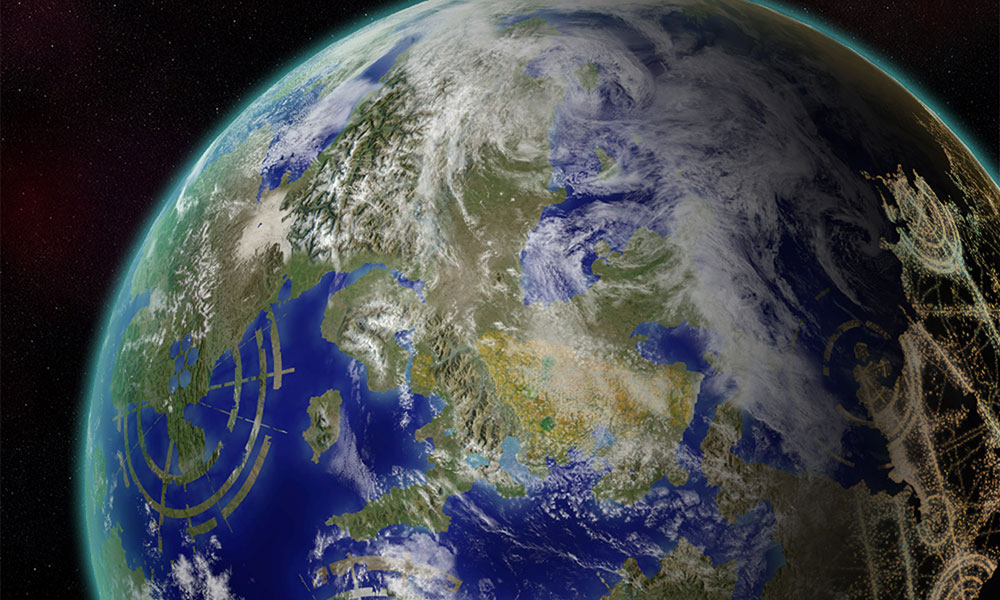
Climate change for aliens
For more than 50 years, the Kardashev scale has been the gold standard for classifying hypothetical “exo-civilizations” by their ability to harness energy. A team of researchers led by Rochester astrophysicist Adam Frank have devised a new system that takes into account the impacts of that energy use.
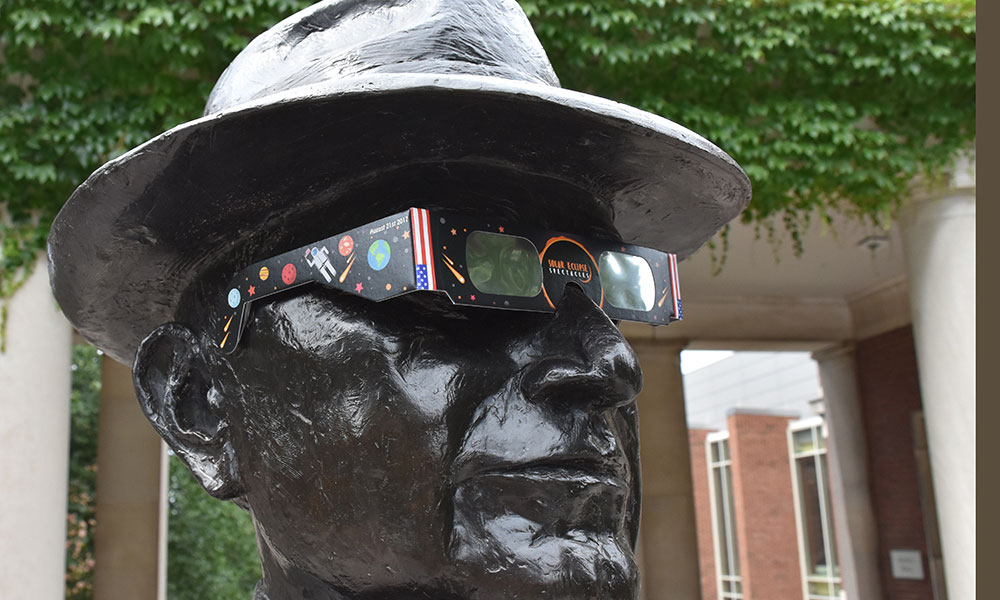
When and how to see the partial solar eclipse in Rochester
Physics and astronomy professor Dan Watson will be experiencing Monday’s total solar eclipse from Tennessee, and he shares more eclipse answers and tips, as well as places at the University of Rochester where you can safely view the eclipse.
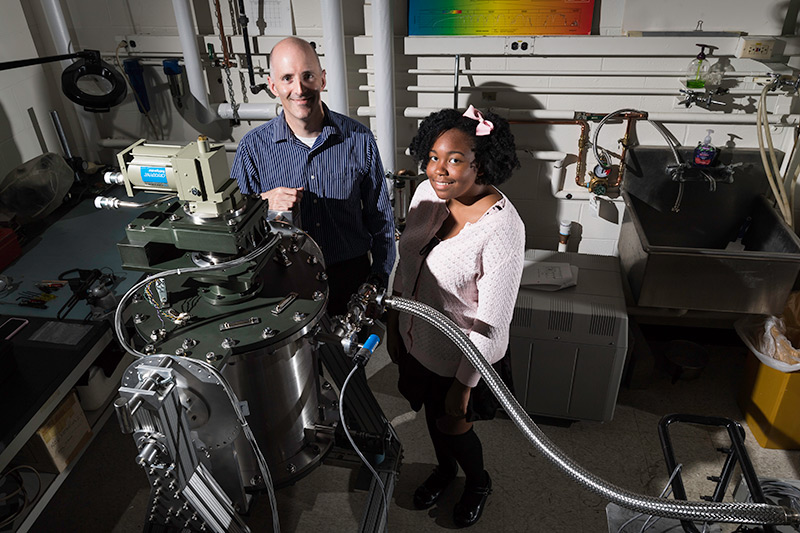
Physics students keep their cool in summer labs
From near-Earth objects to quantum computing, physics students come to Rochester to get an early start on their research careers this summer, working on federally funded and University sponsored projects.
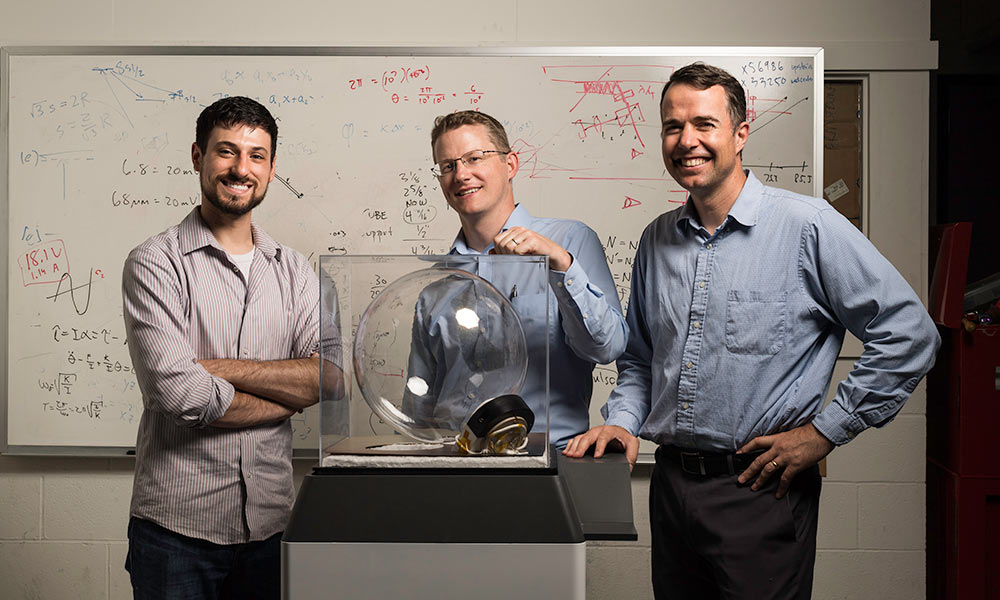
Researchers use lasers to display ‘true’ 3-D objects
3-D displays, once only found in science fiction, are now closer to reality using a 3-D volumetric display where viewers can see images in three dimensions without the use of special glasses or filters.
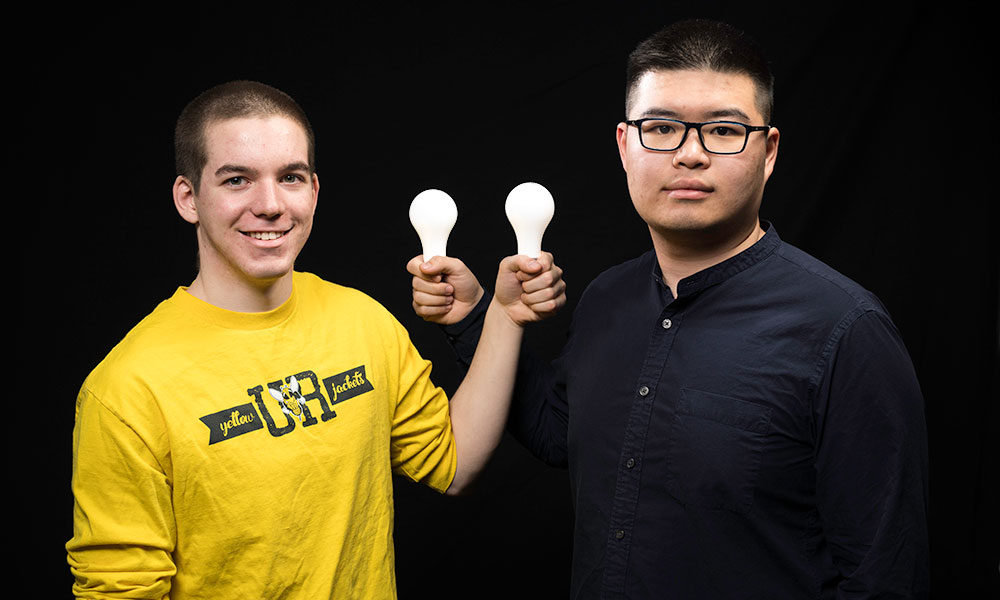
Wilson Quad goes dark for Earth Hour
When the clock strikes 8:30 p.m. on Saturday, March 25, iconic international venues such as Times Square, the Sydney Opera House, and the Taj Mahal all will become dark. So, too, will the River Campus’s Wilson Quad.
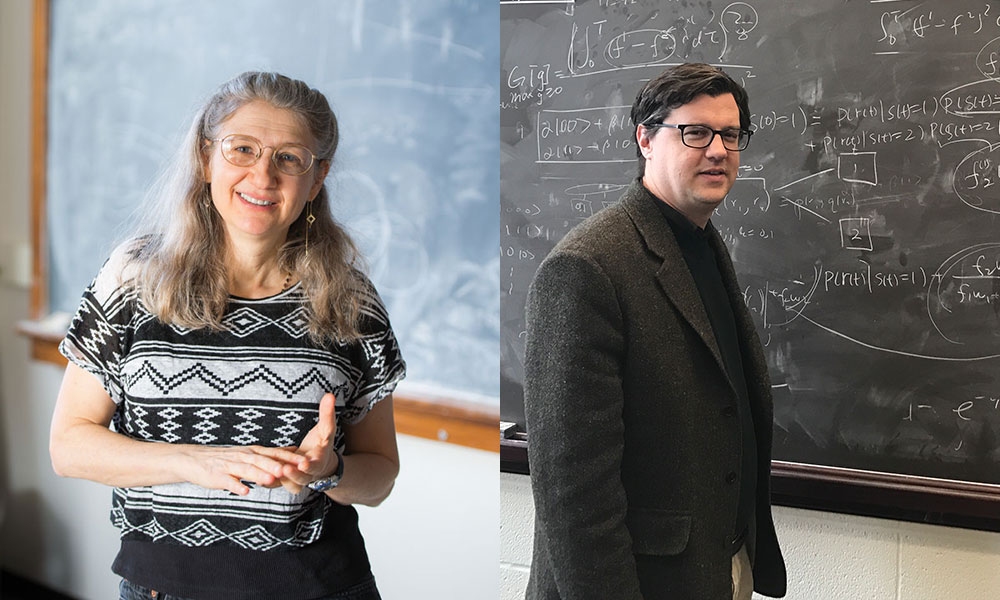
Physics and Astronomy professors awarded research leave fellowships
Alice Quillen and Andrew Jordan have been awarded prestigious Simons Foundation Faculty Fellowships to pursue their research in theoretical physics. “This is a great time to drop everything and go work on the galaxy!” says Quillen.
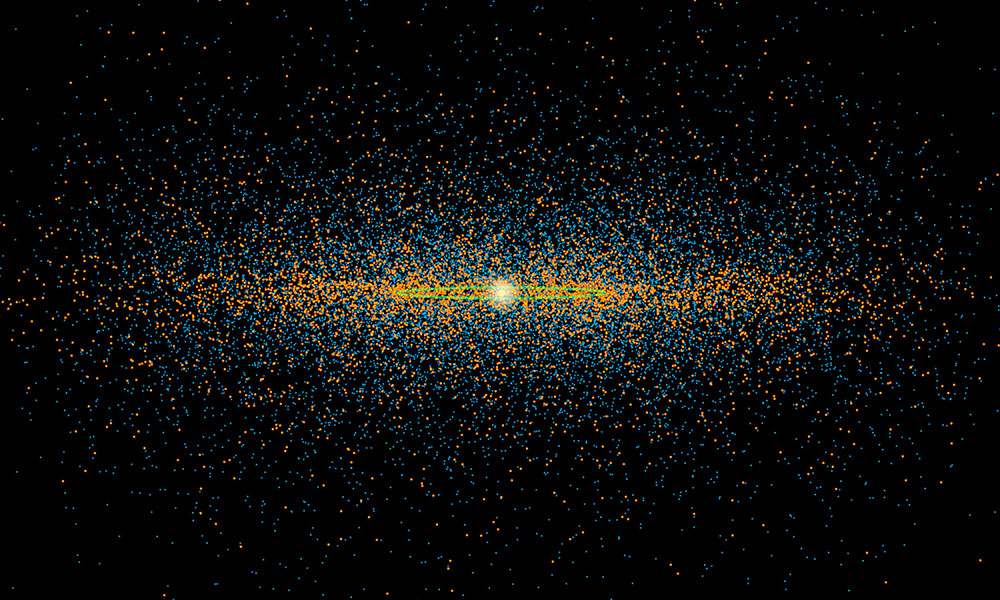
On the hunt for asteroids to avoid ‘near miss’ with Earth
In 2013, a group of Rochester and NASA scientists proposed the NEOCam, or “Near-Earth Object Camera,” based on an infrared detector developed here in Rochester. This year, NASA announced extended funding for the program.
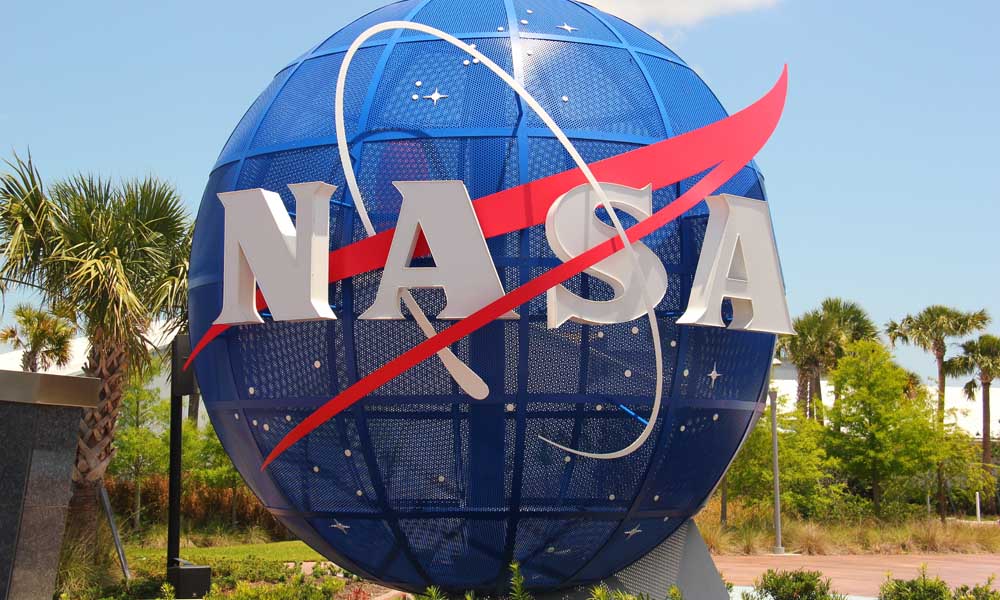
NASA’s historic, crucial role in earth science
In an op-ed for the New York Times, Professor Adam Frank makes the case for the National Aeronautics and Space Administration’s role in earth-centric science. “Without NASA, climate research worldwide would be hobbled,” he writes.
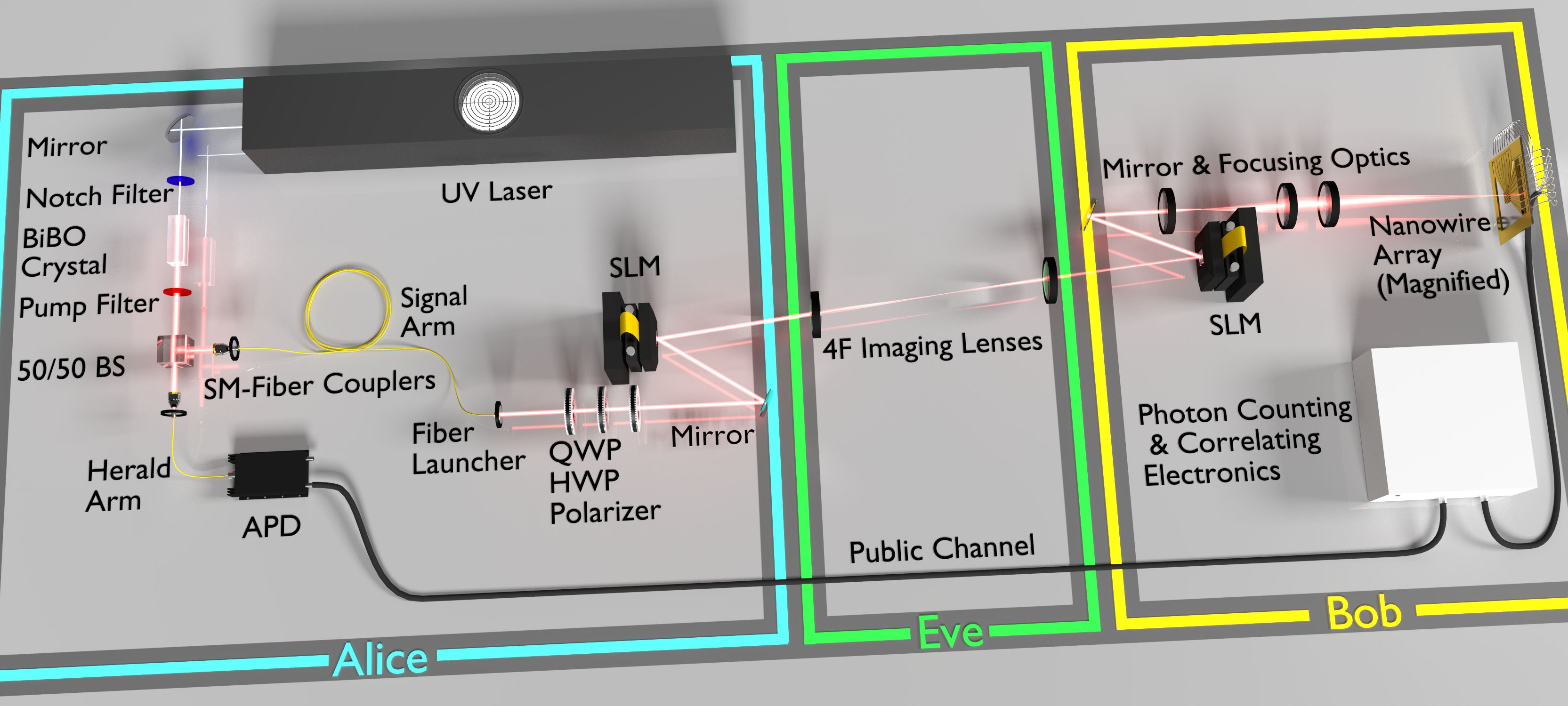
Enigma Machine takes a quantum leap
Researchers have developed a “quantum enigma machine” to improve on data encryption. The device manipulates photons to create an unbreakable encrypted message with a key that’s far shorter than the message—the first time that has ever been done.
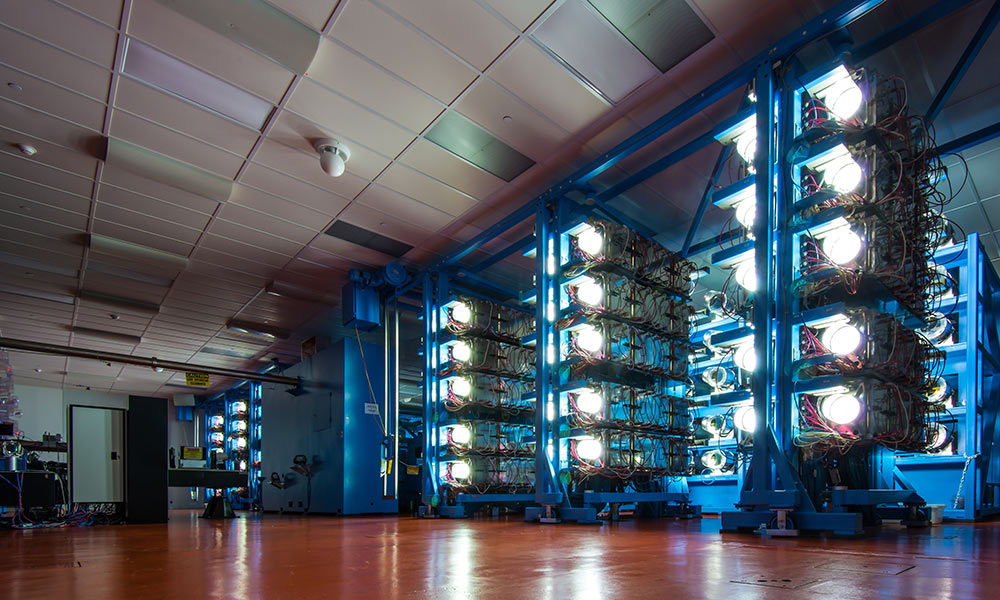
A first for direct-drive fusion
Experiments have created the conditions capable of producing a fusion yield that’s five times higher than the current record laser-fusion energy yield. The new work represents an important advance in a long-standing national research initiative to develop fusion as an energy source.
